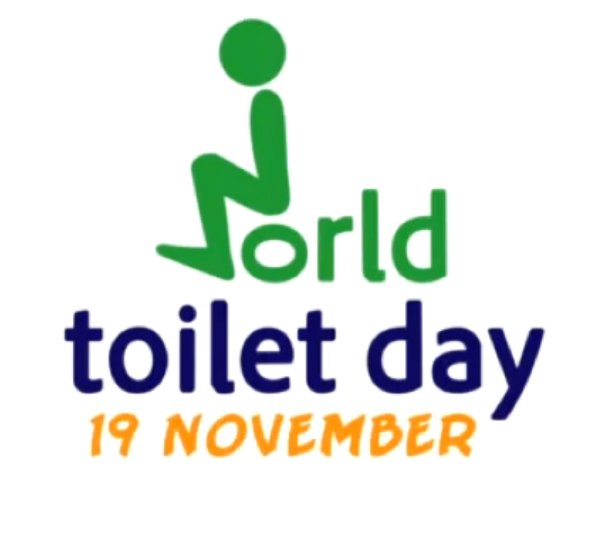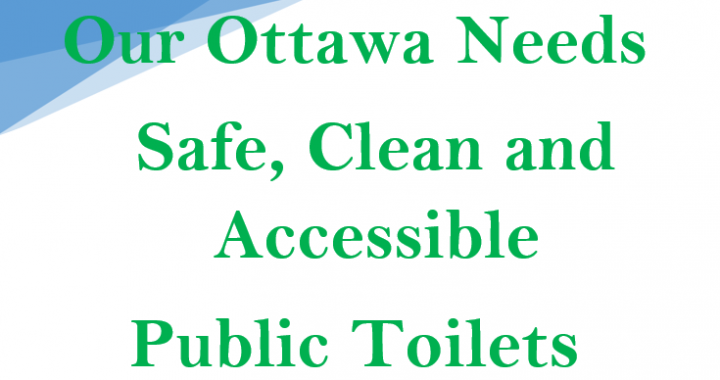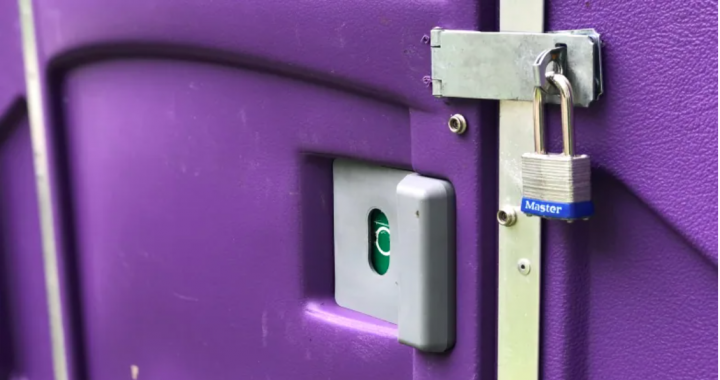Ottawa Citizen, May 4, 2016
Matthew Pearson
A closer look at dozens of city-owned public washrooms in Ottawa has found that facilities are often closed and may not be accessible to people who use wheelchairs or other mobility devices, despite being advertised as such. On the upside, there was ample toilet paper.
Who’s behind the study?
Carleton University social work grad students working on behalf of the GottaGo! campaign, a group of Ottawa residents who’ve been advocating for free and clean public toilets in parks, major transit stops and other places in the city.
What did they do?
The researchers created a comprehensive checklist to assess the availability, accessibility and quality of 92 public toilets owned, operated and maintained by the city, which they visited between December and February. They were looking for things like cleanliness, lighting, the presence of signage and diaper change tables, as well as hours of operation, proximity to transit and whether the washroom can be accessed without permission.
What did they uncover?
Museums, libraries, community centres, administrative buildings and recreation facilities often lack signage outside of the building to indicate the presence of a public washroom, and only a small number are equipped with gender neutral or family facilities.
Almost half of the toilets surveyed (45 per cent) were unavailable, either due to seasonal or daily closures, even though the assessments were conducted during standard operating hours on weekdays and weekends.
And a majority of public toilets (63 per cent) that are deemed to be “wheelchair accessible” pose at least one accessibility barrier to people with mobility challenges. Some didn’t have grab bars or toilets that were tall enough for people to easily transfer to and from their wheelchairs, while others have stall doors that aren’t equipped with an automatic door opener or push bar. The researchers concluded that these shortcomings reinforce the discrepancies that exist between bathrooms designated to be “wheelchair accessible” and their actual functional accessibility for people using mobility devices.What’s next?
The researchers are calling on the city to establish an advisory committee of people with different abilities to provide recommendations for public toilet accessibility, add outdoor signage, ensure washrooms near transit stops are available to the public and that forthcoming transit stations are equipped with accessible and free public toilets, and come up with ways to ensure public toilets are open year-round.
The city, meanwhile, has collected its own data on 190 washrooms in its own buildings and also noted such things as the availability of baby-changing tables, building hours of operation and level of accessibility. After translating the information into French, the city released the data in February.
It has published the locations on its website via a city-built mobile-friendly map and its In My Neighbourhood portal.
The data has since been used to create the ottpee.caweb application, which works on any device, while two mobile apps, Bathroom Scout and Toilet Finder, have uploaded the Ottawa data.
The city is also working on a paper version of the public washrooms map, to be published later this year.
twitter.com/mpearson78



